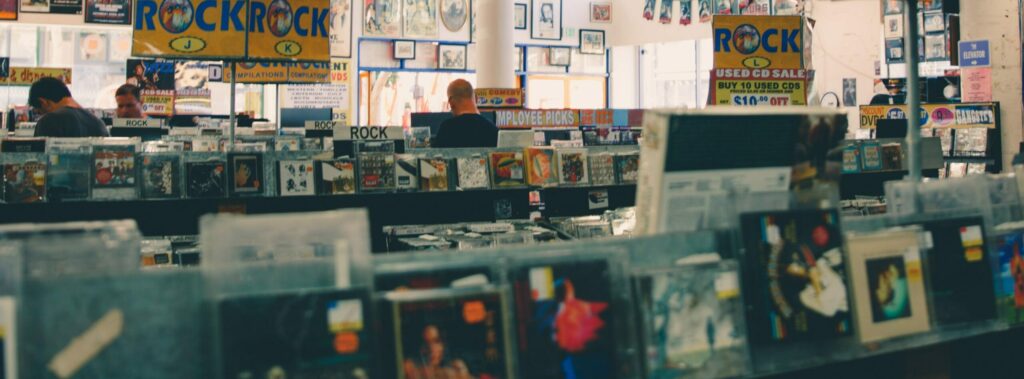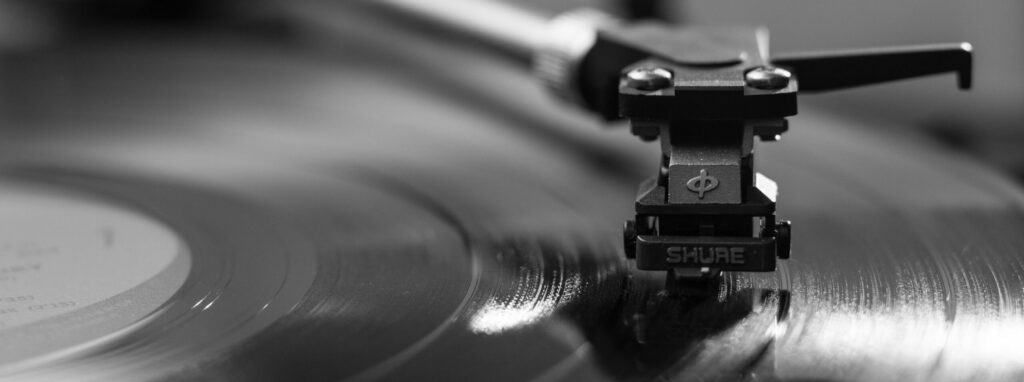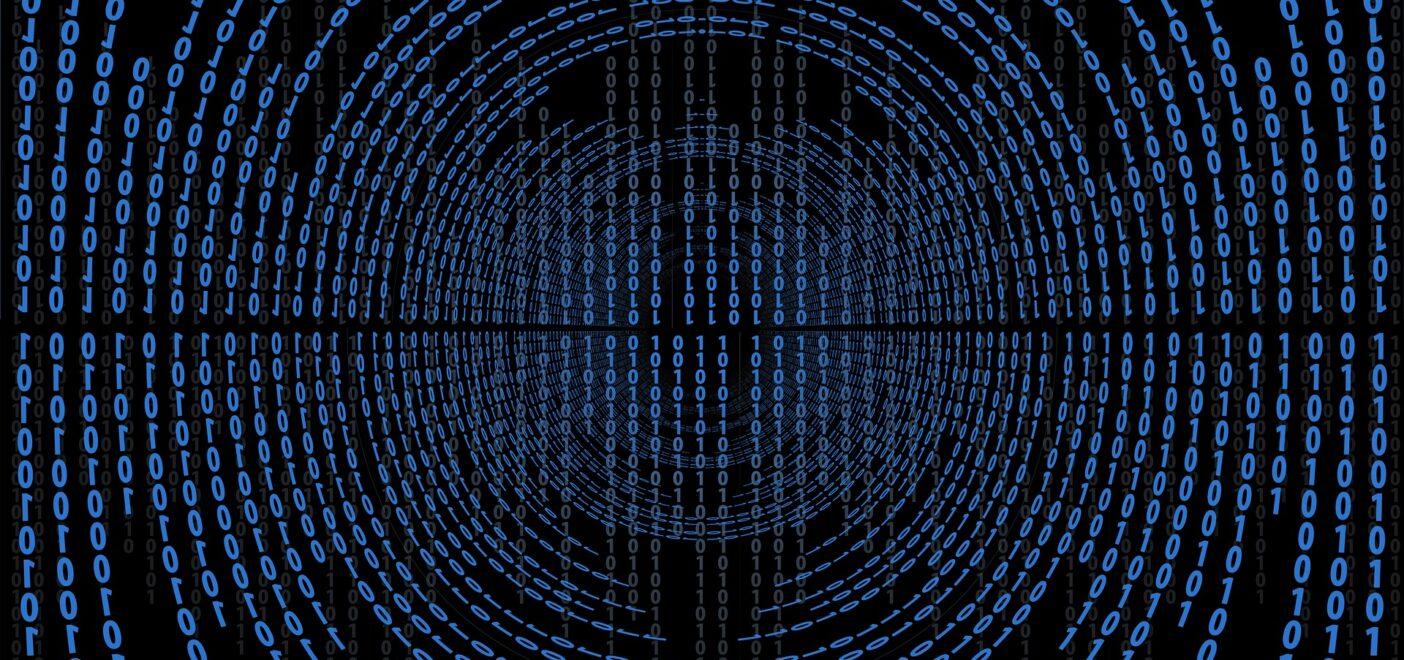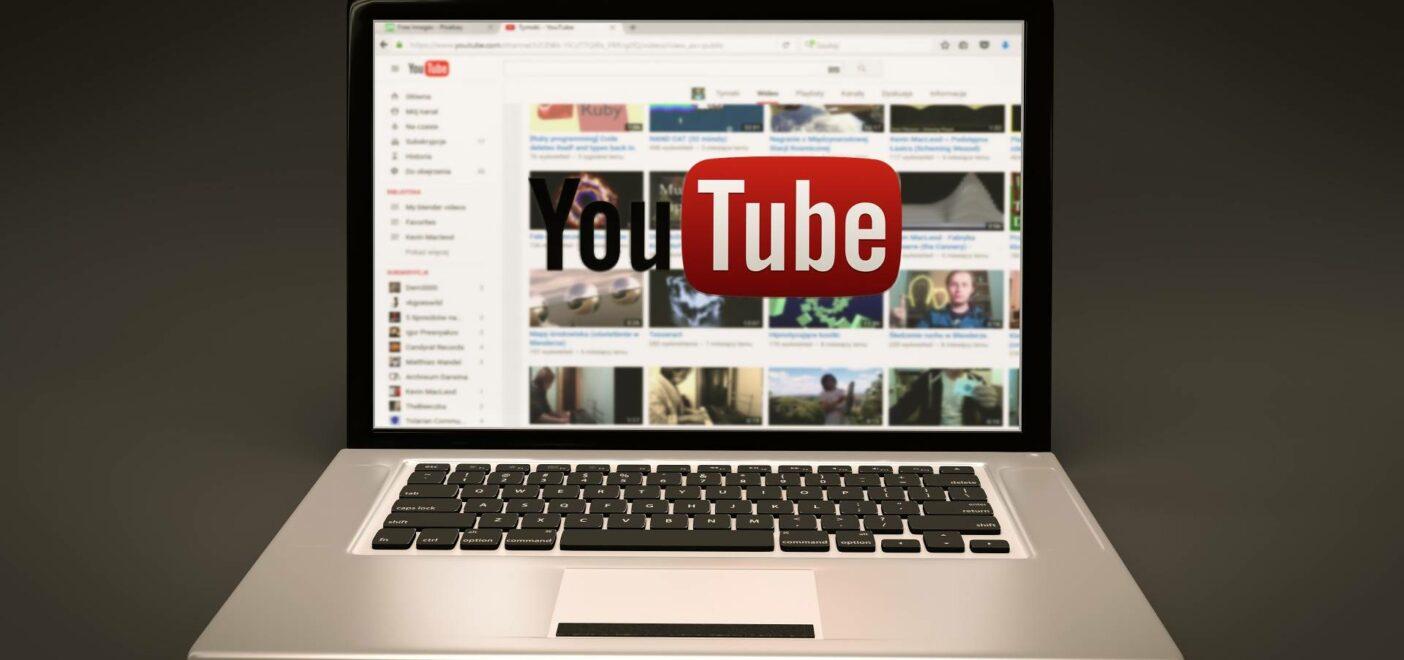The commodification of music has always been an issue for many. While the channels of music distribution have allowed musicians to keep creating, it’s also put even more money into bloated businesses. The “Digital Revolution” that reached its apex around the turn of the century only muddled the debate further. Those on the business end scrambled to find ways to monetize digital data while struggling artists had to balance their livelihoods with their art.
This shift is still taking place today. Most consumers now listen to music through streaming services with monthly subscription fees, while others download albums for free. Yet, we still see physical CDs on shelves at brick-and-mortar stores, and vinyl sales have seen a sudden spike since 2008 after two decades of decline. So the question arises: is music distribution heading entirely towards digital? Or is there still room for physical sales? More importantly, what does this mean for you and how you distribute your music?

The Evolution of Music Distribution
It’s difficult to say which industry was affected most by the Digital Revolution. However, it’s undeniable that the music industry was changed forever when the internet took over. Like the Industrial Revolution about a century before it, this period marked a massive shift in the way we produce, consume, and communicate.
The Old Days (Written Music)
Before this historic turn (and we’re going way back here), the distribution of music referred to the sale of sheet music. This was, after all, the only way this information could be conveyed or replicated. Like books and newspapers, sheet music was printed, copied, and sold. Instead of simply reading this information, those who purchased the music were meant to perform it. Whoever published the sheet music had the right to “mechanical royalties” (a term that still exists in recording contracts today), or payments made to the publisher by the record company for each reproduction of that music.
The First Recordings
As the world approached the 20th century, Thomas Edison invented the phonograph. Along with this technology came the ability to record music and play these recordings back. From this point on, the primary form of music distribution was no longer sheet music, but physical records. Since this transformation, one thing has remained the same: people still enjoy listening to recorded music (and many still spin vinyl records). But unlike today, people had to venture out to record stores to purchase music they weren’t even sure they would like. So much has changed since then.

Physical Objects, Different Forms
Physical music sales still dominated the market for most of the 20th century. The forms these physical objects took simply changed. In the 1970s, cassette tapes became popular for their sound quality and portability. But just a decade or so later, the compact disc (CD) offered even better sound and more storage capacity. It also opened the door for CD burning, where people could easily copy their favorite songs onto blank CDs. After all, the music on these CDs was just digital data. This reality quickly led to the next phase of music distribution.
Files And Frenzy In The New Millennium
Just before the 2000s, a new way of listening to and sharing music rose to prominence. Peer-to-peer sharing networks like Napster began facilitating the free (but illegal) exchange of music files (MP3 and WAV) at an alarming rate. Naturally, this new channel of distribution was a major blow to record companies and the market’s economic model. Apple proposed a solution named iTunes in 2003 that would allow people to purchase digital music files (individual songs and full albums) at market cost. Their trendy MP3 playing device, the iPod, helped entice people to buy and listen to music this way. While this didn’t solve the issue of illegal music downloading entirely, it helped prevent the industry from totally collapsing.
Where We Are Today
With increased internet speeds and bandwidth, the latest trend in entertainment consumption is streaming. Music distribution has gone this way as well, with subscription services like Spotify, Apple Music, and Google Play offering unlimited plays and downloads of a nearly infinite library of music. The economic model for these services is still imperfect and considered to be unfair to many artists. Essentially, 150 streams of one song count as a download, and 10 of these “downloads” equate to an album sale. The math then dictates that 1,500 streams equal one sale, which can benefit the biggest artists but hurt smaller ones.
Interestingly enough, while these streaming platforms are widely used and gaining popularity, a yearning for physical objects is emerging. We don’t only see this in music, either. Many people still prefer to read an actual book rather than just words on a tablet screen, or own a Blu-ray disc in addition to having the digital movie. Likewise, people are still buying CDs, and bands and labels are finding ways to incentivize these sales with additional perks, more interesting artwork, personalized messages, free downloads, and more.
The vinyl industry is also seeing a steady revival for a variety of reasons. Some say it’s nostalgia, others say it’s an aesthetic trend, and others still say it’s the authenticity and sound quality. More likely, it’s all of these factors combined.
Where We Might Be Heading With Music Distribution
No one can predict whether this slight return to physical ownership will simply be a trend or a long-term resurgence. Regardless, it seems unlikely that digital music sales and streams will slow down. As of now, the digital realm rules but coexists with the physical, as people consume both forms for different reasons.

With the distribution channels of music more open than ever, more musicians can promote their own music for free and let it be heard by the world. Sites like Bandcamp and SoundCloud are fundamentally blurring the line between big-label artists and homegrown musicians. This democratization has its pros and cons, but it’s undoubtedly beneficial in terms of creative output and possibility.
On the economic end of music distribution, artists are finding new and clever ways to make a living off their art without a big record deal. Crowdfunding websites are allowing music producers to make money producing the music they love. This model of patronage is both a throwback and a futuristic development. It seems likely that this model will become more sustainable, forcing record labels to adapt yet again. We’ll have to wait and see.
Conclusion
As we navigate the evolving landscape of music distribution, it’s clear that both digital and physical formats will continue to coexist. This duality not only reflects the diverse preferences of consumers but also emphasizes the adaptability of artists and the industry at large. The future may hold unexpected innovations in how we experience music, from immersive technologies to new business models that prioritize artist welfare. Embracing this change will be crucial for musicians and industry stakeholders alike, ensuring that creativity thrives in whatever form it takes.
About the Author

Ethan Keeley
Writer, Voice Talent, Musician, and Audio EditorEthan Keeley is a musician, voiceover talent, and writer from Rochester, New York. When he's not on tour with his band Unwill he's working on new songs and stories.
Leave a comment
Log in to comment


